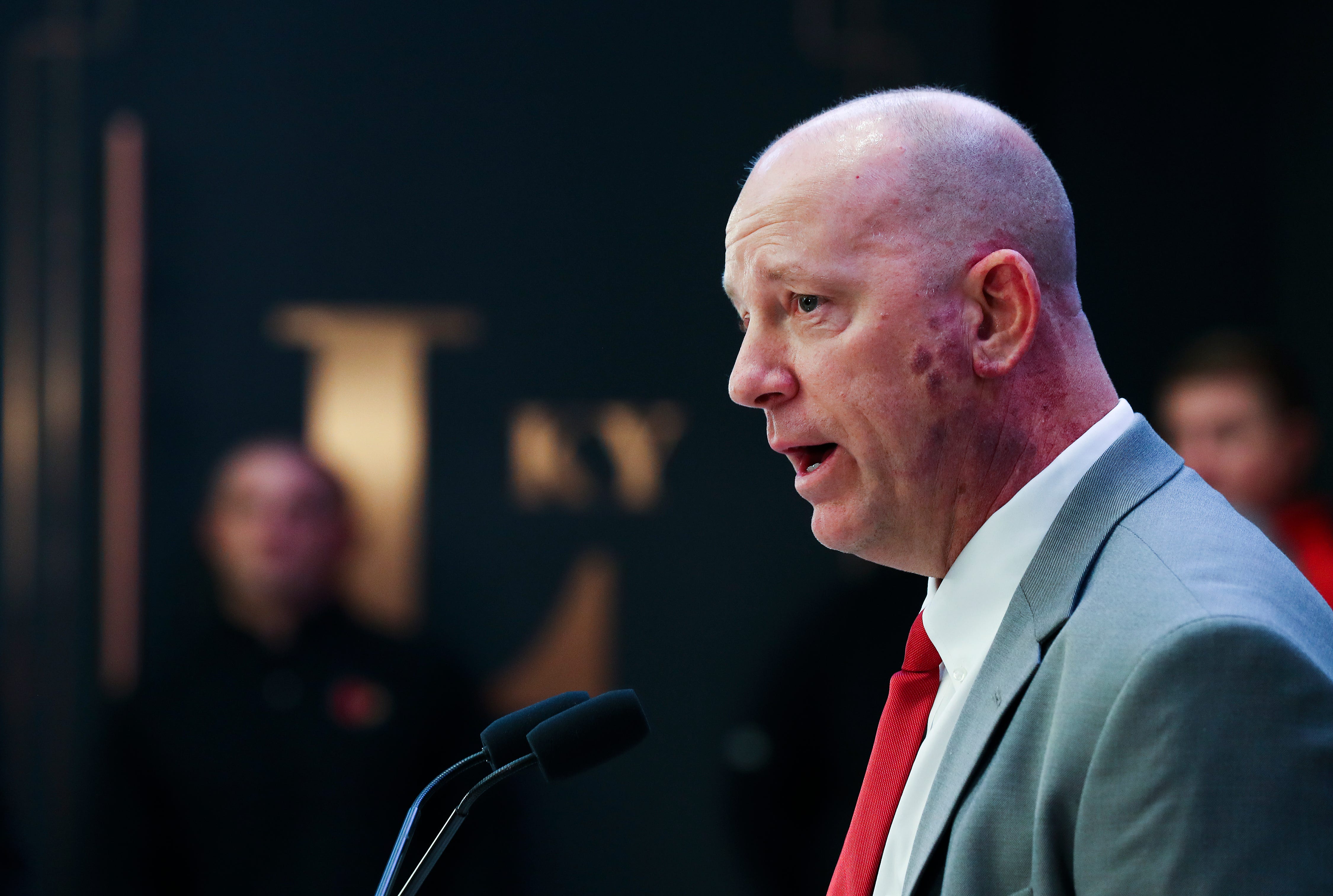Ad Disclosure

On Oct. 10, 2015, Purdue football might have hit its lowest point.
On that date, as the Boilermakers closed out another loss in the Darrell Hazell era, only a smattering of fans remained to watch in Ross-Ade Stadium. West Lafayette might as well have been a ghost town. Worse than fan anger is fan apathy, and as Purdue lost 41-13 to Minnesota that cloudy, gloomy day to record its 4th straight defeat in a 2-10 season, the program had reached that state. As the final whistle sounded vs. the Golden Gophers, there were no more than 2,000 spectators still in Ross-Ade.
What a nightmare.
During a 4-year span from 2013-2016 under Hazell, Purdue won 9 total games and only 3 of those were against Big Ten opponents. By the middle of ’16, Hazell was fired, leaving the Boilermakers to limp to 6 straight losses to end the season.
It makes the job that Jeff Brohm did in his 6 seasons as the head coach for the Boilermakers all the more remarkable. He’s departing his post to take the job at Louisville, his hometown, but does so leaving the Purdue program in a better place than before, even though it’ll still have challenges ahead. Brohm re-energized a fanbase that was hungry for a winner again, after not only the dismal Hazell years but the ho-hum Danny Hope ones before. It’d been almost a decade since the final years of the Joe Tiller era, when the Boilermakers were at least winning games, although not humming like they had been earlier in the late 1990s and early 2000s.
Even still now, it seems remarkable that Brohm turned Purdue around so quickly in his first couple seasons, taking the Boilermakers to back-to-back bowl games and winning one in 2017. A pair of difficult years followed, with injuries nuking ’19 — remember when Elijah Sindelar and Rondale Moore were hurt on the very same play vs. Minnesota? — and then the bizarro Covid year, which nobody really cares about anyway. But Purdue has rebounded to put together, arguably, its 2 best consecutive seasons since ’97-98 (Tiller’s first 2 years) by winning 17 games with a chance for another in the Cheez-It Citrus Bowl matchup with LSU on Jan. 2 in Orlando.
Purdue’s fanbase is back, as the Boilermakers averaged 57,129 fans for their 6 home games this season, the most in Ross-Ade since 2007. Brohm provided plenty of highlights during his 6 seasons, from the Tyler Trent Game in ’18, when Purdue upset No. 2 Ohio State, to the 2 victories over top-3 opponents last season, the dramatic Tennessee victory in the Music City Bowl and the road upsets this year. He leaves Purdue with a 36–34 record in West Lafayette, including 4 bowl trips, a record that needs context. Purdue was terrible before he arrived, with a roster lean on talent and accustomed to losing. He rebuilt through recruiting, getting players like Moore, David Bell and George Karlaftis, and in the transfer portal, where he effectively filled in the gaps.
As a result of Purdue trending upward, the school is also starting a $45 million renovation of Ross-Ade, something that would not have been possible only a few years ago.
But nothing is perfect. Sure, there were misfires. Purdue suffered odd home defeats over the years, like losing to Eastern Michigan in Year 1, and to Iowa, with everything seemingly on the line for a West Division title, in Year 6. And the Boilermakers face challenges right now, with a vacancy that will need to be filled quickly, a roster that might see significant change-over, both because of expected graduation and unexpected portal entries, and a schedule that is decidedly more challenging next season. And the Big Ten will soon be changed too, with the likely dissolving of the divisions and the addition of USC and UCLA.
Even with all of that, Purdue is in a better place now and more likely to find a replacement who can keep the program headed in the right direction.
Kyle Charters, a familiar face at Gold & Black, covers Purdue, Indiana and college basketball for Saturday Tradition.